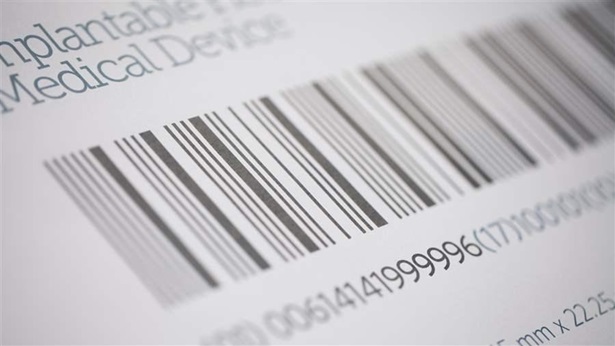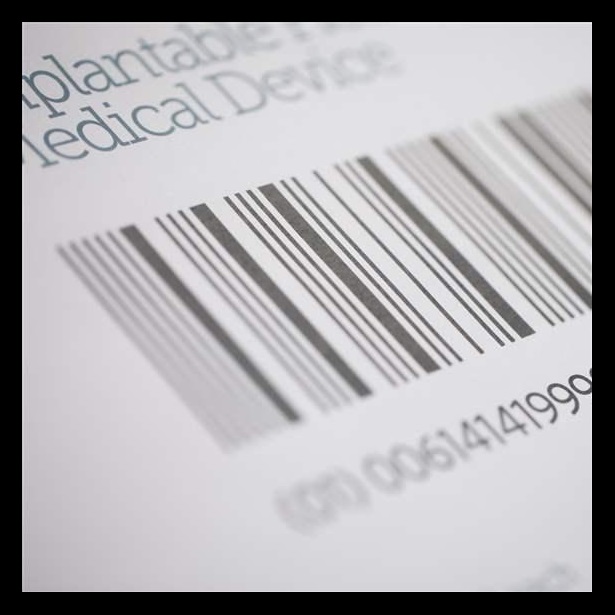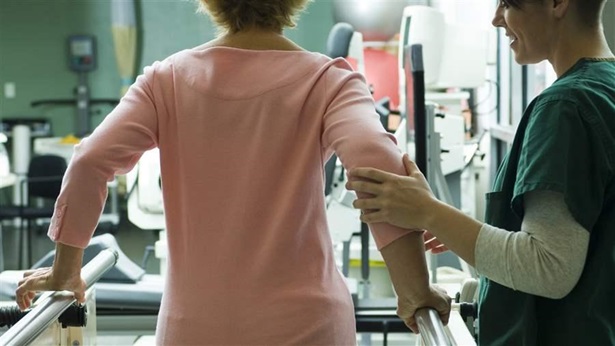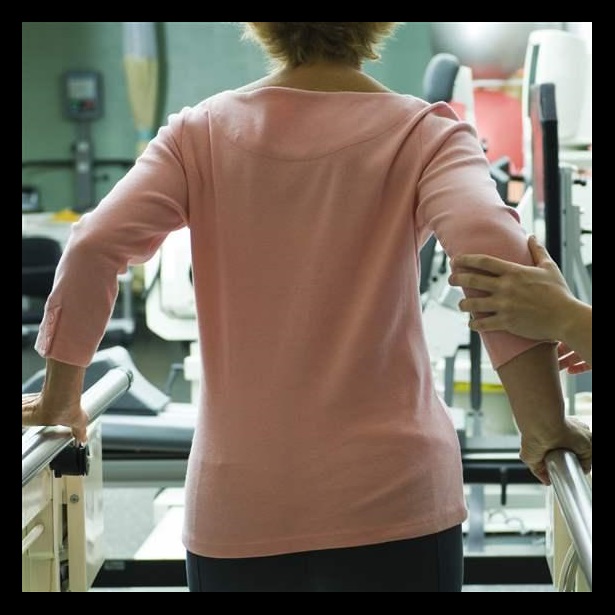Medical devices range from blood glucose test strips and stethoscopes to more complex products, such as pacemakers and joint replacements. These technologies are used in hospitals, doctors’ offices, and patients’ homes to diagnose, treat, or prevent illness. Many people have benefited from such recent advances, and Americans increasingly rely on medical devices.
However, failures of medical devices over past decades have demonstrated the need to more quickly identify problems to help ensure the safety of the public. For example, failing metal-on-metal hip replacements and implantable cardioverter defibrillator leads—used by hundreds of thousands of people to detect and correct abnormal heart rhythms—have led to significant patient harm and deaths in recent years.
Pew’s medical device initiative worked to enhance medical device safety and foster device innovation that benefits patients. Pew’s initiative had three main areas of focus, including:
- Improving the current state of medical device registries—databases containing information on patients who use or are treated with a specific device.
- Supporting the adoption of a unique device identification (UDI) system to better track medical devices.
- Fostering medical device innovation with these and other new approaches without compromising patient safety.
Pew’s work on related issues continues in the Health Information Technology project.



